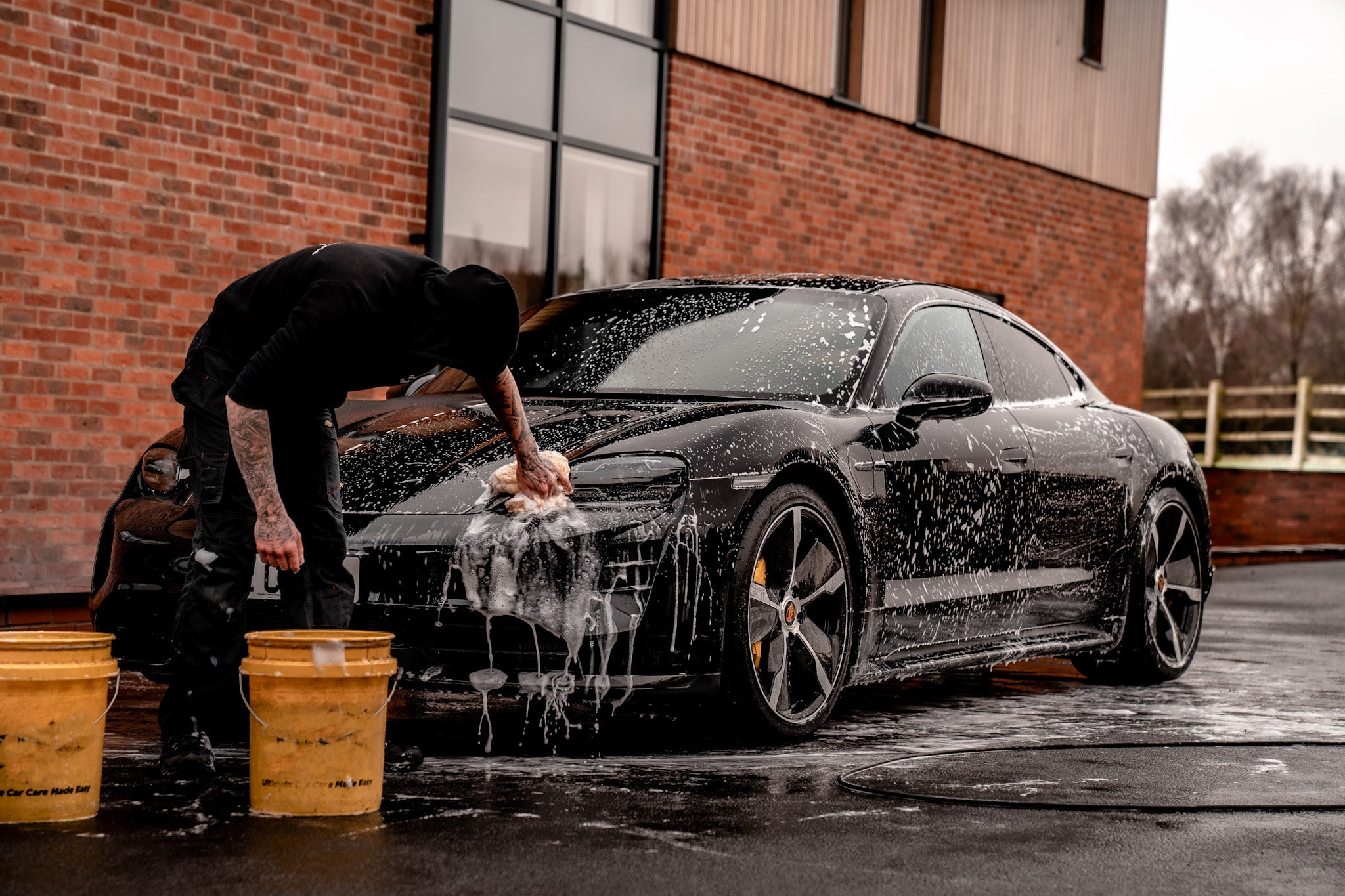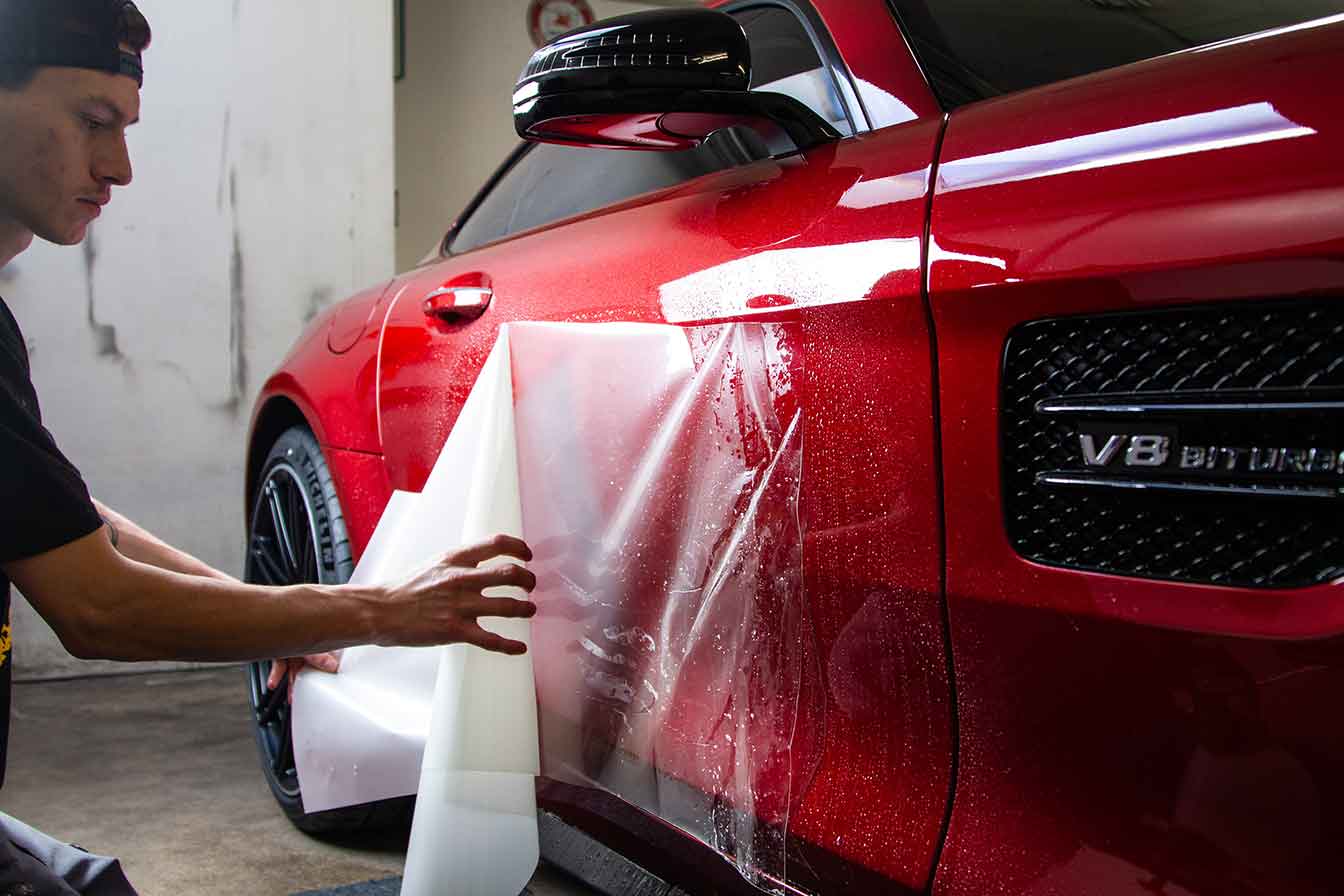Choose certified auto detailing for a high-end interior and exterior cleaning.
Choose certified auto detailing for a high-end interior and exterior cleaning.
Blog Article
A Comprehensive Guide to the Kinds Of Ceramic Covering on the marketplace
Ceramic layers have emerged as a crucial service throughout numerous sectors due to their distinct properties and applications. As we check out the distinctive attributes and applications of these coatings, the ramifications for performance and durability come to be increasingly noticeable, elevating concerns regarding which kind might best fit your demands.
Understanding Ceramic Coatings
Ceramic coverings are sophisticated safety solutions that have actually gotten popularity in various markets, specifically in auto and aerospace applications. These layers are composed of a liquid polymer that, when healed, creates a resilient, hydrophobic layer on the surface of the substratum. This layer supplies enhanced resistance to ecological contaminants, UV radiation, and chemical direct exposure, thus prolonging the life and aesthetic appeal of the underlying product.
The fundamental part of ceramic finishes is silica, which adds to their firmness and resilience. The application procedure commonly involves surface area preparation, application of the layer, and curing, which can be accomplished with warm or UV light. Once healed, ceramic coverings display remarkable bonding properties, permitting them to adhere strongly to a range of surfaces, including steels, plastics, and glass.
In enhancement to their safety functions, ceramic coatings also use ease of maintenance. Their hydrophobic nature reduces the adherence of dirt and gunk, making cleaning easier and less regular. On the whole, the adoption of ceramic coverings stands for a significant innovation in surface security technology, providing both practical and visual advantages across numerous sectors.
Kinds Of Ceramic Coatings
Different kinds of ceramic coverings are offered, each developed to fulfill particular efficiency requirements and applications - Auto Detailing. One of the most common types include:
Silica-based Coatings: These coatings mostly contain silicon dioxide and are known for their durability and chemical resistance. They are commonly used in automobile and commercial applications.
Titanium Dioxide Coatings: Renowned for their photocatalytic residential properties, titanium dioxide layers are frequently used in environments where self-cleaning and antifungal residential or commercial properties are preferable, such as in building materials and vehicle coatings.
Zirconia Coatings: Characterized by their high-temperature security and thermal resistance, zirconia finishes are used in applications such as wind turbine engines and high-performance automobile parts.
Alumina Coatings: Showing superb solidity and thermal stability, alumina coverings are often utilized in wear-resistant applications, including reducing tools and industrial machinery. - Auto Detailing
Crossbreed Coatings: Combining the buildings of different products, hybrid layers provide boosted efficiency qualities, making them ideal for one-of-a-kind and demanding applications.
Each kind of ceramic finishing serves distinctive functions, enabling customers to pick one of the most ideal service based on specific environmental conditions and performance requirements.
Advantages of Ceramic Coatings
Coatings play an essential duty in improving the performance and longevity of surface areas across various sectors. Ceramic coatings, specifically, deal numerous advantages that make them increasingly popular amongst manufacturers and consumers alike. One of the key advantages is their extraordinary sturdiness. These layers are immune to scrapes, chemicals, and UV rays, guaranteeing that the underlying surface area remains secured in time.
Along with toughness, ceramic layers supply superb hydrophobic residential properties, permitting easy cleaning and upkeep. This water-repellent nature minimizes the adherence of dirt, grime, and other impurities, which can lengthen the aesthetic appeal and capability of the surface area. Ceramic coverings can considerably improve thermal resistance, making them optimal for applications that endure high temperature levels.

Application Refine
When applying ceramic coatings, a thorough technique is important to attain ideal results. The application process normally starts with extensive surface prep work. This entails washing, sanitizing, and brightening the surface area to remove all contaminations, including dirt, grease, and prior waxes or sealers. A clean surface makes certain appropriate attachment of the layer.
As soon as the surface is prepped, the following action is to apply the ceramic finishing. The covering needs to be used in thin layers, as thicker applications can lead to irregular surfaces.
After application, the finish requires try here a particular curing time, generally varying from a couple of hours to a full day, depending on the product. Adhering to these steps faithfully will take full advantage of the effectiveness and longevity of the ceramic layer, supplying a resilient safety layer for the surface.
Maintenance and Durability
To make sure the durability and efficiency of a ceramic finishing, normal upkeep is vital. Ceramic coverings, understood for their resilience and safety top qualities, call for certain care routines to optimize their lifespan and performance. The initial step in maintenance entails routine washing with pH-neutral soap, preventing harsh chemicals that can degrade the layer. It is a good idea to wash the check this vehicle routinely, preferably every 2 weeks, to avoid the accumulation of contaminants that can compromise the layer's honesty.
Along with normal cleaning, routine inspections are vital. Seek indicators of wear or damages, browse around these guys such as hydrophobic homes reducing or surface area blemishes. If needed, a light gloss might be related to renew the coating without removing it away.
Furthermore, the application of a booster spray can improve the coating's hydrophobic results and recover its gloss. This is especially valuable for finishes that have remained in usage for a prolonged period. Ultimately, by adhering to these maintenance techniques, one can dramatically extend the life of a ceramic layer, making certain that it continues to supply optimal protection versus ecological aspects and preserve the visual allure of the lorry.
Conclusion

Report this page